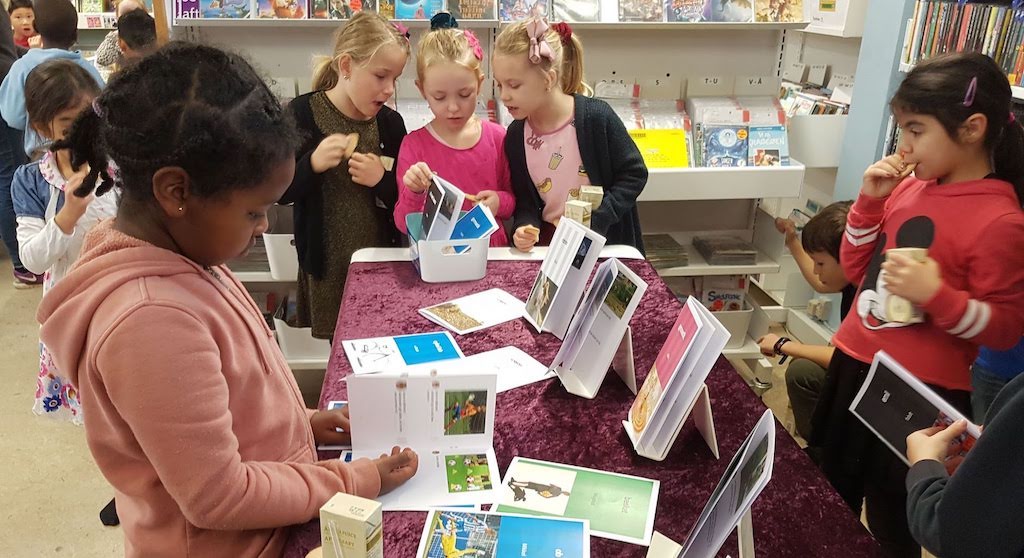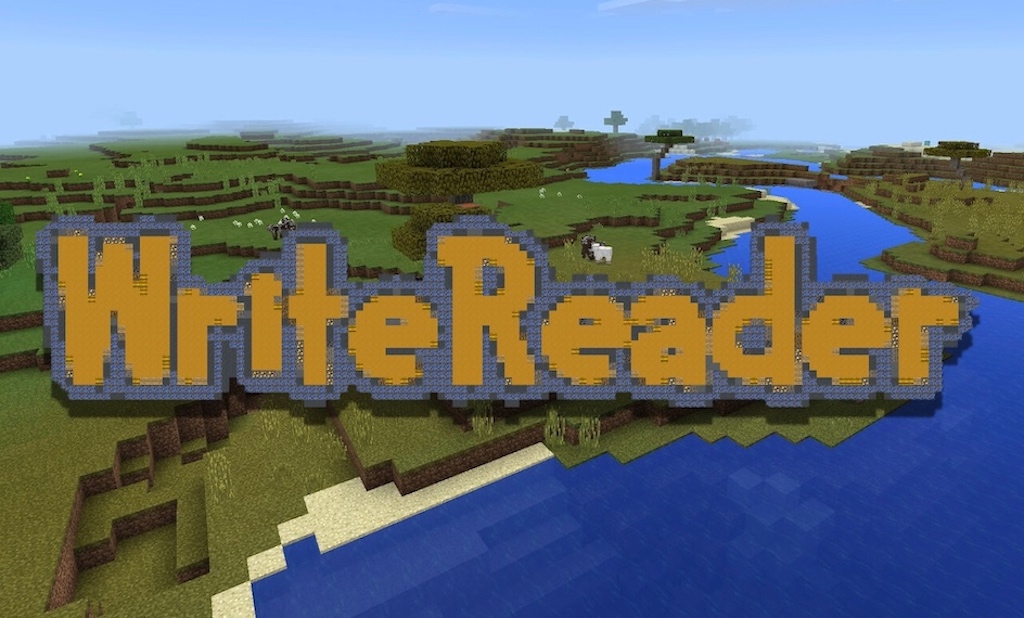There has been a trend for a number of years to try to make mandatory content more exciting or perhaps even fun, by adding gamification elements and turning it into “edutainment”.
It seems like gamification in learning only has a very short-term effect, and as far as I know, there is no scientific evidence that it in the long term increases either children’s motivation or learning.
Aren’t we fooling the students when coating learning with sugar to make it easier to swallow or covering broccoli with chocolate to make it taste better?

Gamification is empty calories
Gamification is an extrinsic reward whose value quickly diminishes unless the reward is continuously increased. I’ve seen digital learning tools where students have to fly around in a spaceship to catch and spell words, solve math problems and earn points to decorate their virtual room or read lots of books, to beat the class next door or maybe win a reading competition.
In addition to the fact that rewards continually need to be increased to maintain motivation, it can be difficult for many students (and often the academically weakest) to connect and apply what they have practiced in a virtual universe with their everyday life and turn it into useful competencies.

Real engagement and intrinsic motivation
Instead of focusing on points, badges and high score lists, we should develop learning activities and teaching aids for students that motivate and engage them because they can see meaning and value in what they are doing. Below are two projects that I have collaborated on with amazing teachers and their students as well as learning consultants and researchers.
Letter learning and book creation
Learning basic skills should be taught in a way that students see the purpose of what they are doing within a short period of time. It is not enough that kindergartners are told that they have to learn letters because they have to learn to read in 1st grade. The goals and purpose should be clearly communicated to students.
After an introduction and a few activities for a given letter, students will easily be able to create their own letter book. With the learning tool WriteReader, students (preferably in pairs) in the kindergarten class can easily produce their own multimodal picture books with pictures, sound and text. They can, for example:
- find or take pictures of things that start with the letter
- make sound recordings with the name and sound of the letter
- write both upper and lower case letters
- have children try to write words or phrases for their pictures
The books can then be displayed in the class, printed or collected in a common alphabet book with selected pages from all the students’ books. In this way, even students as young as kindergartners become proud authors of multimodal books with text, images and audio recordings.
Children as library book authors
In several countries around the world I have been involved in a number of projects, which have aimed to not just to turn young students into authors, but into authors of books which were displayed with an attached barcode and borrowed from the local library.

These projects were all build on the following overall structure–but with different local adjustments:
- Introduction, where the participating teachers and librarians became familiar with the learning tool WriteReader.
- Writing phase of 3-5 weeks at the schools, where the students wrote books and finally chose a book to be printed and “published”.
- Events in the libraries, where students handed in, exhibited and read books to each other.
- Exhibition and lending phase, when the books were available in the libraries
It is beyond dispute that these projects have had a positive effect on the students’ motivation and commitment at the same time that they have meant that more families than usual have visited their local library to at least see and borrow their own child’s book.
Some of the projects have managed to attract media coverage and at this link, you can see a news item from a local television station KTVQ in Billings, Montana.
The largest of the projects had over 1,000 participating students, but can easily be scaled down to just a single school or class, where the books are exhibited and borrowed from the school’s library.
For more information about how to organize a bookfair project please go to https://www.writereader.com/boost-literacy-with-a-book-fair-of-childrens-self-created-books/
Game effects without game elements
We know that the best games can enchant and engage children for hours, but can we achieve some of the same effects in education without using gamification, which has no evidence of a positive impact on learning?
The simple answer is YES, but it requires us to pay attention to what is meaningful and motivating for students. In conclusion, I will share two experiences – one primary and one secondary – which are based on writing activities with the writing tool WriteReader.
The first is from a 1st grade classroom at a school in Denmark, where I participated in a lesson where the students were about to create books for a book fair project. When the lesson was over, one boy raised his hand and said “WriteReader is the second best game to Minecraft”. Of course, it’s not always great to be second, but in this case it was a win to realize that the power of creating books and communication through writing can be as motivating for students as one of the most popular games, knowing that WriteReader doesn’t contain any gamification elements.

A week ago I received an email from a teacher in the USA who wrote “My kids kept saying that it was the best iPad thing ever! They kept calling it a ‘game’ which if they think writing is that fun, that’s fine with me!”. This is another excellent example of how a learning tool and activity can be perceived as fun and motivating as a “real” game.
Try it for yourself! Easily create your free WriteReader account at app.writereader.com.
